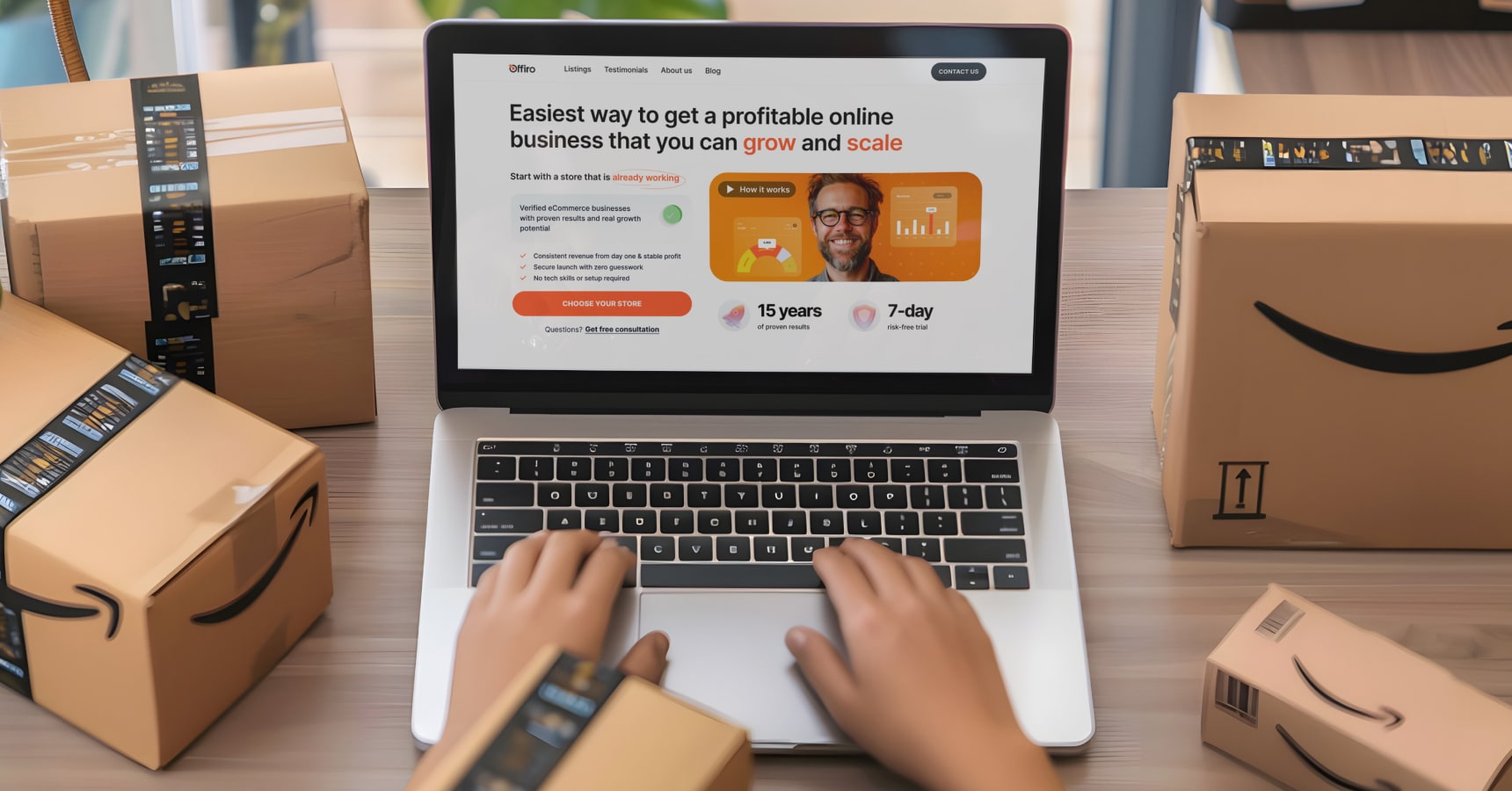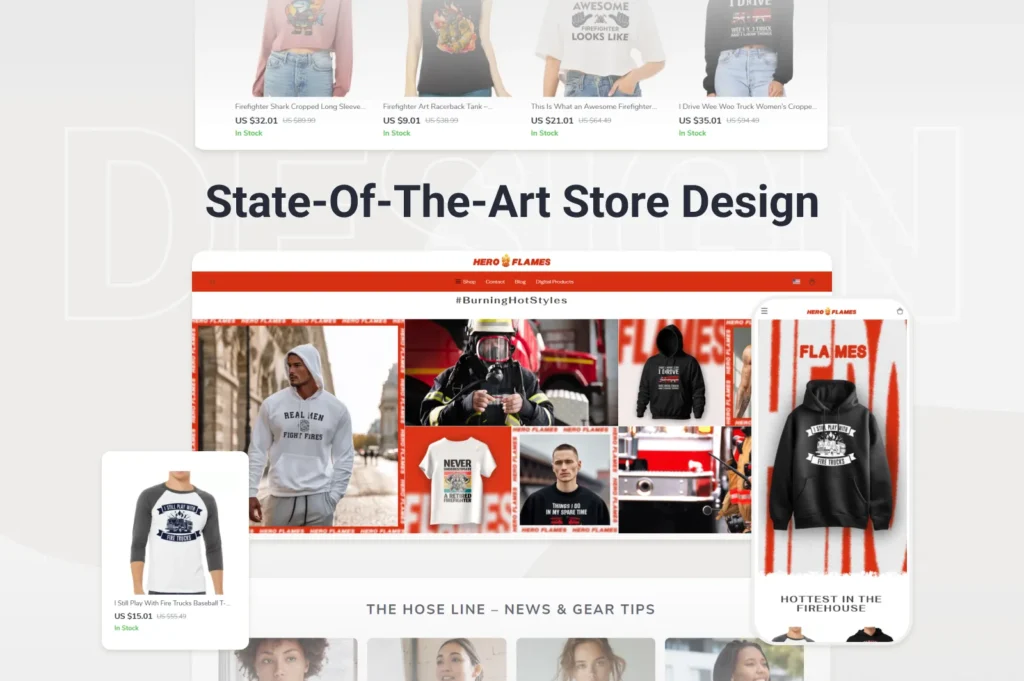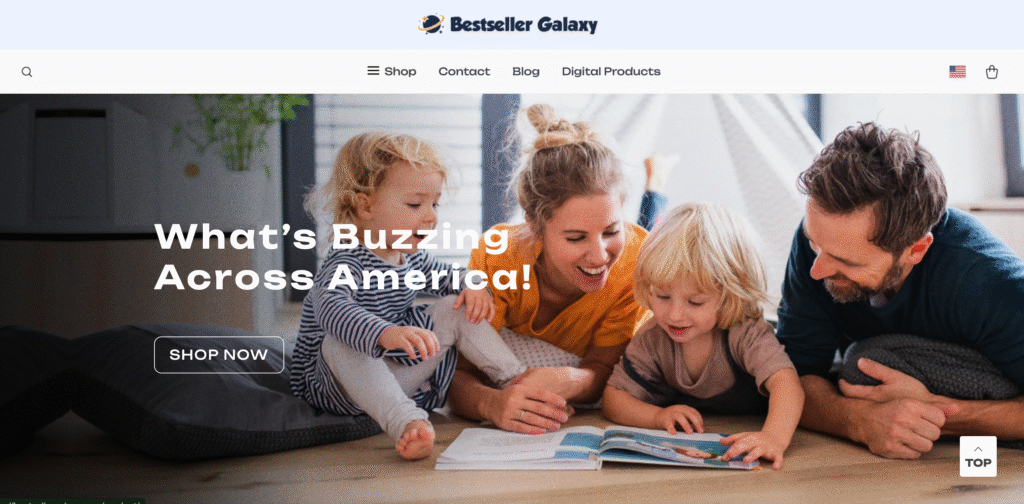Picture this: Sarah, a 28-year-old marketing coordinator from Denver, launched her online store on a Tuesday evening after work. By Friday, she had her first sale. Six months later, she was pulling in $15,000 monthly revenue — all without ever touching a single product or renting warehouse space. Sounds too good to be true? Welcome to the world of dropshipping.
In 2024, dropshipping has become the poster child of entrepreneurial dreams, promising financial freedom with minimal upfront investment. Success stories circulate widely across social media platforms, featuring young entrepreneurs who’ve built substantial businesses entirely online. But behind every viral success story lies a complex business model that’s equal parts opportunity and challenge.
Whether you’re a corporate employee dreaming of breaking free from the 9-to-5 grind, a college student looking to earn extra cash, or an aspiring entrepreneur testing the eCommerce waters, understanding dropshipping is crucial in today’s digital economy. This comprehensive guide will cut through the hype and give you the unvarnished truth about what dropshipping really entails — the genuine opportunities, the harsh realities, and everything in between.
What is Dropshipping? The Complete Breakdown
At its core, dropshipping is beautifully simple: it’s a retail fulfillment method where you sell products without ever handling inventory. Instead of buying products in bulk and storing them in your garage or warehouse, you partner with suppliers who ship products directly to your customers when orders come in.

Here’s how the process works in practice:
- You set up an online store and list products from your chosen suppliers
- A customer places an order on your website and pays you the retail price
- You forward the order details to your supplier and pay them the wholesale price
- The supplier ships the product directly to your customer
- You keep the difference between what the customer paid and what you paid the supplier
Let’s say you’re selling wireless earbuds. Your supplier offers them for $25, and you list them on your store for $49.99. When someone buys a pair, they pay you $49.99. You immediately purchase the earbuds from your supplier for $25 and provide them with your customer’s shipping information. The supplier ships directly to your customer, and you pocket the $24.99 difference (minus any transaction fees and advertising costs).
Key Advantages of Dropshipping
Low Startup Costs
Launching a traditional retail business can require tens of thousands of dollars in inventory, rent, and staffing. Dropshipping removes these expenses. Starting an eCommerce store typically involves only domain and hosting fees, a platform subscription, a small marketing budget, and basic legal setup — often under $500 total.

Location Independence
Because you never store or ship products, operations run entirely online. You can manage your store from anywhere with an internet connection, and you are not tied to fixed business hours.
Scalability
Order volume growth does not require additional warehouse space, staff, or stock purchases. Suppliers handle fulfillment, so scaling primarily involves expanding marketing and customer service capacity.
Reduced Risk
Products can be tested with minimal financial commitment. If an item underperforms, it can be removed without inventory loss. Profitable products can be scaled quickly by increasing ad spend or negotiating better supplier terms.
Main Challenges of Dropshipping ( And How to Overcome Them With Offiro.com)

Low Profit Margins
Net margins often fall between 10–30% before advertising, fees, and overhead. Achieving significant income requires high sales volumes, which can be difficult and costly to maintain when starting from zero. However, established stores with proven performance data eliminate the guesswork around profitability. Instead of spending months testing margins, you can review actual profit history and focus on scaling what already works.
High Competition
Low entry barriers mean many sellers offer identical products, leading to price competition and rapid market saturation for popular items. The solution? Start with stores that have already found their competitive edge through proven branding, established customer bases, and optimized operations. Rather than entering oversaturated markets as a newcomer, you inherit positioning that’s already been tested and refined.
Legal and Tax Complexity
Dropshippers must comply with sales tax collection rules in multiple states, product safety regulations, and international shipping requirements. Sellers are liable for defective or non-compliant products, and accounting can be more complicated than expected. Established stores come with compliance frameworks already in place, including proper business registration, tax handling systems, and vetted supplier relationships that meet safety standards. You inherit the legal groundwork instead of navigating it alone.
Is Dropshipping Right for YOU?

After weighing the pros and cons, the million-dollar question remains: should you dive into dropshipping? The answer isn’t universal — it depends on your personality, skills, financial situation, and risk tolerance. Here’s an honest framework to help you decide.
The Traditional Path vs. The Smart Path
Most aspiring dropshippers face a classic dilemma: build from scratch or buy proven. Building from zero means months of product research, supplier vetting, website development, and costly trial-and-error learning. It’s the hard way — but it’s also how most people think they need to start.
The smarter approach? Start with a foundation that already works. Think of it like buying a franchise versus starting a restaurant from nothing. You’re not taking shortcuts; you’re leveraging proven systems to focus on growth rather than guesswork.
Ask yourself these critical questions:
Do you want to spend months learning, or weeks earning? Traditional dropshipping requires 3-6 months of setup, testing, and optimization before seeing meaningful revenue. If you’re eager to focus on scaling and marketing rather than building basic infrastructure, starting with an established operation makes sense.
Are you comfortable with uncertainty, or do you prefer proven data? Building from scratch means making educated guesses about products, suppliers, and market demand. Starting with a store that already has sales history, proven suppliers, and demonstrated demand eliminates much of the initial uncertainty.
How much time can you realistically commit? If you’re thinking 3-4 hours daily, building from zero isn’t realistic. That timeframe works when you’re managing an existing, automated operation — not creating one from nothing.
What’s your learning style? Some people love figuring everything out through trial and error. Others prefer learning by managing something that already works and gradually understanding the mechanics. Neither approach is wrong, but knowing your preference helps determine your path.
Do you have realistic income expectations? Whether you build or buy, expecting to replace a full-time salary immediately is unrealistic. However, established stores with existing revenue streams offer clearer timelines for growth compared to starting completely from zero.

The reality check:
- Building from scratch: 6-12 months to sustainable income, high failure rate, steep learning curve
- Starting with proven foundation: 2-4 weeks or less to operational, existing revenue streams, guided learning process
Your personality fit:
- DIY mindset: You enjoy solving problems, don’t mind extended learning periods, and have 6+ months to invest in building systems
- Results-focused approach: You prefer leveraging existing success, want faster time-to-results, and would rather invest in proven foundations
Skills assessment: Building from zero requires mastering web design, supplier negotiations, product research, advertising, and customer service simultaneously. Managing an existing operation lets you focus on marketing and growth while learning other skills gradually.
The bottom line: your path depends on whether you want to become a dropshipping expert through trial and error, or become profitable first and build expertise through managing a working business.
Conclusion & Your Next Move
Dropshipping isn’t a get-rich-quick scheme, but it’s not an impossible dream either. It’s a legitimate business model that rewards smart decisions and professional execution while punishing shortcuts and unrealistic expectations.
The opportunity is real: eCommerce keeps growing, and the tools for building online businesses become more accessible each year. However, success requires treating this as a serious business venture.

Your path forward depends on your situation:
Traditional route: If you have 6+ months to learn through trial and error, enjoy building systems from scratch, and don’t mind the high failure rate of beginners, starting from zero can work. Budget for extensive learning time and expect minimal income during your first year.
Smart route: If you want to focus on growth rather than guesswork, consider starting with proven foundations. Established stores with existing sales data, verified suppliers, and automated operations let you learn by doing rather than failing.
Ready to start smart? Skip the months of development and testing that cause most beginners to quit. Instead of building from nothing, begin with a store that already works—complete with sales history, proven products, and systems that require just 15-30 minutes daily to manage.
Your biggest competitive advantage isn’t finding secret products or hidden suppliers. It’s making intelligent decisions about how you enter the market and where you focus your energy.
Ready to skip the trial-and-error phase? Offiro.com offers established dropshipping stores with proven sales history, verified suppliers, and automated operations. Start earning in weeks, not months. Browse profitable stores ready for new ownership at offiro.com.

















